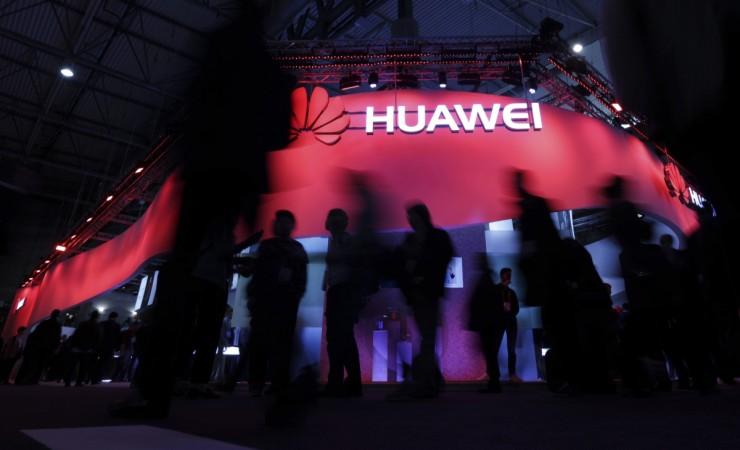
Chinese technology company Huawei had a bullish 2016 in terms of sales that did not translate into a corresponding gain in net profit. The Shenzhen-based company reported 32 percent growth in revenues to Chinese yen (CNY) 521.6 billion (~$75.1 billion) from CNY 395 billion while net profit rose 0.4 percent to CNY 37.1 billion (~$5.3 billion) from CNY 36.9 billion.
In its annual report for 2016, the company said global sales of its flagship smartphone P9 launched around April 2016 (India launch was in August) crossed 10 million units, the first Huawei handset to do so.
China contributed 45 percent to its overall sales and the Asia-Pacific region's share at 12.94 percent was far more than that of 8.45 percent from the Americas.
During 2016, revenues from China grew 41 percent while an enabling environment in India, Thailand and Japan lifted its Asia-Pacific revenues by 36.6 percent.
The three verticals for the company include carrier, enterprise and consumer.
Bullish outlook
The company's chairwoman Sun Yafang said that a bullish future awaits Huawei, notwithstanding multiple challenges in the industry. "We will progress faster towards a better connected, intelligent world. It is difficult to imagine the depth and breadth of the changes to come."
Handset business
The company sold 139 million smartphones in 2016, up 29 percent from 2015. "By December 2016, Huawei held a market share of over 15 percent in 33 countries, and over 20 percent market share in 22 of these countries, half of which were in Europe."
The company cited Facebook user data to shed light on the demographic profile of its smartphones. "...58 percent of Huwaei P9 users are between the ages of 18 and 34, compared with 37 percent for the Huawei P8. The share of female users is 27 percentage points higher for the Huawei P9 than for the Huawei P8."
Hiring policy
Huawei said that it recruits local talent more in countries outside its base China, as part of a conscious policy. "...Huawei gives employees fair access to work as well as to learning and promotion opportunities – irrespective of nationality, gender, age, race, or religion. In countries outside China, we give priority to hiring local employees, with a localization rate of over 71% in 2016," the annual report said.
















